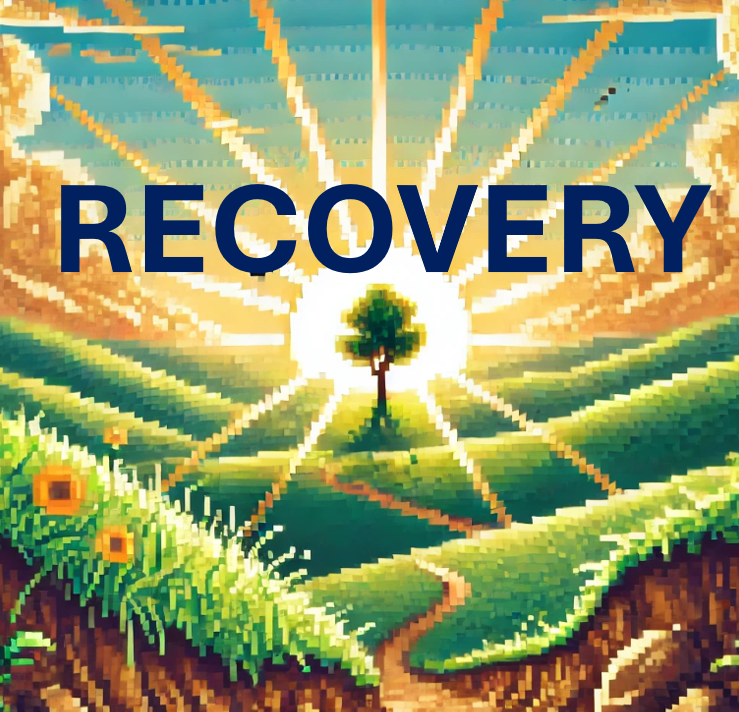
Why Resilience Matters in Mental Health: What Public Health Needs to Know
In the face of tough circumstances—poverty, trauma, unstable homes—some people manage to thrive. Why? What makes the difference?
That’s where the concept of resilience comes in.
More and more public health and mental health systems are embracing resilience as a key part of how we support people, especially those at risk of developing mental health conditions. The Philadelphia Department of Behavioral Health defines resilience as:
“A protective process which enables individuals to reach good outcomes even though they have endured significant adversities… It is a dynamic process that can change across time, developmental stage, and life domain.” (DBHIDS, 2011)
In this blog, we’ll break down:
- What resilience is (and isn’t)
- Why it matters in preventing and treating mental illness
- What science says about how resilience works
- The challenges of studying resilience over time
Let’s explore why building resilience is one of the smartest strategies in mental health today.
What Is Resilience?
At its core, resilience is the ability to bounce back and adapt after hardship. It’s not about being “tough” or going it alone. It’s about drawing on resources—both internal and external—to keep going, grow, and thrive.
Researchers like Masten and Reed (2005) define resilience as:
“Good adaptation under extenuating circumstances.”
In other words: some kids and adults do better than expected, even when life is really hard. Studying how and why this happens can help us prevent mental health problems—and promote well-being.
Two Big Assumptions in Resilience Research
Studying resilience requires two core ideas:
- The person is currently functioning pretty well (not showing major symptoms of mental illness).
- Their background includes serious risk factors that could have led to mental illness—but didn’t. (Masten & Reed, 2005)
That’s what makes resilience so powerful—it shows us what prevents negative outcomes and how we can build on those strengths.
How Do We Measure Resilience?
There are two major research models:
Variable-Centered Models
These models look at what factors help or hurt development, and how they interact.
- Risk Factors predict poor outcomes (e.g., poverty, trauma, neglect).
- Assets are resources that predict positive outcomes (e.g., good schools, healthcare).
- Protective Factors help people specifically when life is hard (e.g., strong family support during adversity).
These factors can:
- Add up: The more risks you have, the worse your outcomes are likely to be—unless you also have a lot of assets.
- Buffer stress: A good teacher, a sense of humor, or a mentor can reduce the negative impact of stress.
- Work indirectly: For example, a loving home can build self-esteem, which then helps someone handle tough situations better.
This model helps public health teams identify what works to prevent or lessen mental health challenges—and where to invest.
Person-Centered Models
These models compare groups of people who experienced similar hardships but had different outcomes.
By studying both the resilient group and the struggling group, researchers can figure out:
- What protected some people?
- What risk factors tipped others toward illness?
These comparisons help create targeted interventions.
What Helps Build Resilience?
According to decades of research (Masten, 2004), resilience is supported by factors at three levels:
- Individual: Good problem-solving skills, optimism, a sense of purpose, and faith
- Family: Stable caregivers, healthy relationships, and consistent parenting
- Community: Safe neighborhoods, strong schools, and quality social services
In short: resilience isn’t just something you’re born with. It grows when people have the right support around them.
How Does This Help in Public Health?
Resilience helps us rethink how we prevent mental illness, not just treat it. Public health leaders can:
- Reduce risk factors: like housing instability or food insecurity
- Increase assets: like access to early education and healthcare
- Boost protective factors: like peer mentoring or trauma-informed school programs
This approach works across the lifespan. It’s especially helpful for children and youth, but also applies to adults in recovery, families facing systemic barriers, and people living with chronic stress.
The Research Challenge: Time
Here’s the hard part: resilience research takes time. Long-term (longitudinal) studies are needed to see how resilience shows up and evolves over a lifetime.
For example, it’s not enough to know a child is doing okay now. We need to know:
- Do they stay resilient into adulthood?
- What made the difference?
- What changed when things went well—or didn’t?
Despite the challenges, long-term studies give us the most accurate picture of how resilience can prevent or reduce mental illness.
Why Resilience Matters Now More Than Ever
From a public health perspective, resilience isn’t just a buzzword—it’s a strategy.
It gives us:
- Early warning signs
- Clear intervention points
- A way to help people thrive, not just survive
It’s especially useful in systems that serve vulnerable populations: youth in foster care, communities affected by trauma, people living with substance use disorders, and those recovering from systemic harm.
As SAMHSA, Philadelphia DBHIDS, and other systems move toward recovery-oriented care, resilience should be a central part of every program, policy, and prevention effort.
Final Thoughts
Resilience reminds us that no matter someone’s background, recovery and growth are possible. It gives us tools to understand why some people thrive—and how we can help more people do the same.
Public health can’t ignore the power of resilience. It’s key to building healthier, stronger communities for everyone.
References (Recent sources listed last)
- Center for Substance Abuse Treatment. (1999). Enhancing Motivation for Change in Substance Abuse Treatment: TIP 35. DHHS.
- Masten, A. (2004). Regulatory processes, risk, and resilience in adolescent development. Adolescent Brain Development: Vulnerabilities and Opportunities, New York Academy of Sciences, 310–319.
- Masten, A., & Reed, M. (2005). Resilience in Development. In Snyder, C. R. & Lopez, S. (Eds.), Handbook of Positive Psychology (pp. 74). Oxford Press.
- Philadelphia Department of Behavioral Health and Intellectual Disability Services (DBHIDS). (2011). Practice Guidelines for Recovery and Resilience Oriented Treatment, Version 1.0.



